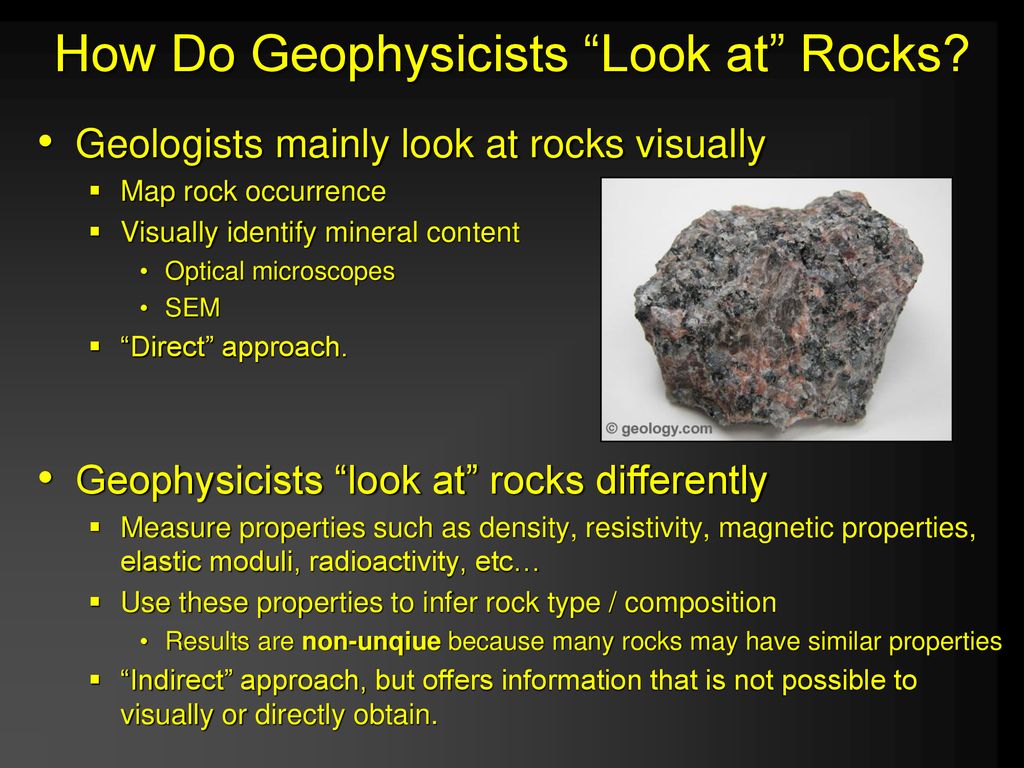All Categories
Featured
Table of Contents
What Is Geophysics? in Bayswater Aus 2022

Other possible geophysicist majors that aren't geophysics or geoscience consist of: Climatic sciences and meteorology Chemical and physical oceanography Earth science Environmental science Hydrology and water resources science Products science By earning any geophysicist degree, and by taking the required geology courses, you ought to qualify for an entry-level position as a geoscientist or geophysicist.
Ultimately, trainees must find out: a branch of geology that takes a look at the various elements of minerals, including chemical structure, internal crystal structure, and physical residential or commercial properties. the research study of rocks and the procedures and conditions that form and transform them in time. There are a few neighborhoods in this branch of geology, including igneous, metamorphic, and sedimentary rocks.

This field examines structural rock functions such as cleavage, faults, joints, and small folds. They should also find out the computer system skills necessary to: examine information create digital models and maps operate geoscientists' software application Students must also take advantage of all chances to gain real-world experience. Ambitious geophysicists need to expect to hang out knowing: in the class in the field in labs Clearly, skills taught in the class are very crucial for aiming geophysicists.
How To Become A Geophysicist in Quinns Rocks Australia 2021
For example, geoscientists spend a lot of their time outside when working in the field, so they should have "outdoor skills" like outdoor camping and running boats, aircraft, and other lorries. Since they invest a lot time in remote areas, it's important that geophysicists also have the physical stamina to carry needed devices on their walkings to locations of study.
The job offers: a high mean and leading earnings a high rate of personal satisfaction amongst geophysicists low work tension favorable task outlook Additional info on profits potential and task outlook is detailed below. For trainees aiming to land an entry-level function as a geoscientist or geophysicist, it takes four years, or the time required to finish a bachelor's degree in geophysics or a related discipline.
Some research study positions in geophysics require postgraduate degrees. Also, if you prepare to teach at a college or university, you must make a Ph - Geological And Geophysical Surveys in Calista WA 2021. D. in geophysics or a related field. The time it requires to make a Ph. D. varies by institution and program, but it typically takes 4 to six years beyond the bachelor's degree.
Geophysicist in Northbridge Australia 2021
The majority of employers need candidates to have a bachelor's degree in geophysics or a carefully related discipline for all entry-level positions. And, sometimes, companies require a master's degree. As an outcome, there's no other way around the degree requirements for ending up being a geophysicist. A lot of companies will expect or require a practicing geologist to be licensed for positions beyond those at the entry level.
Presently, 31 states require licensing for geologists, although licensing is not constantly needed, specifically for entry-level work. The states that do concern licenses use the Fundamentals of Geology Examination (FGE), which is administered through the National Association of State Boards of Geology (ASBOG). Now that you understand which degree for geophysicist jobs you need, you'll require to land a task, and it's crucial to learn just how much cash you can make in this profession.
According to BLS, the average yearly wage for geoscientists is $93,580. According to BLS, specific industries offer greater wages for geoscientists, and in some cases, they provide higher-than-average revenues.
Geophysical Survey Services in Landsdale Australia 2023
Mining, quarrying, and oil and gas extraction offers over $32,000 more annually than the typical annual wage for this occupation. The federal government, too, provides over $10,000 more in profits than the nationwide average for geoscientists. In addition to industry type, geographical location can considerably impact revenues for this profession.

The top-paying states and their annual mean salaries, according to the BLS, include: Texas $166,720 Oklahoma $149,630 Pennsylvania $120,590 Hawaii $120,130 Colorado $107,260 These five top-paying states provide much higher earnings than the average for this occupation. Incomes for geoscientists in Texas are over $73,000 higher than the nationwide average.
It ought to come as no surprise that many of these high-paying areas are in Texas and Oklahoma, however some are discovered in California, Louisiana, and Colorado. The leading 10 highest-paying metro areas for geoscientists are: Houston-The Woodlands-Sugar Land, Texas: $188,400 Tulsa, Oklahoma: $186,490 Midland, Texas: $167,040 Odessa, Texas: $147,080 Oklahoma City, Oklahoma: $145,350 Bakersfield, California: $130,080 Urban Honolulu, Hawaii: $124,470 New Orleans-Metairie, Louisiana: $121,030 Washington-Arlington-Alexandria, DC, VA, MD, WV: $120,180 Denver-Aurora-Lakewood, Colorado: $116,910 For some geoscientists and geophysicists, residing in a metro city is not as enticing as residing in a smaller community.
Latest Posts
Geophysical Survey Methods in Western Australia 2021
Geophysicist Salary in Wembley Downs Aus 2021
Bsc Geophysics in Safety Bay WA 2023